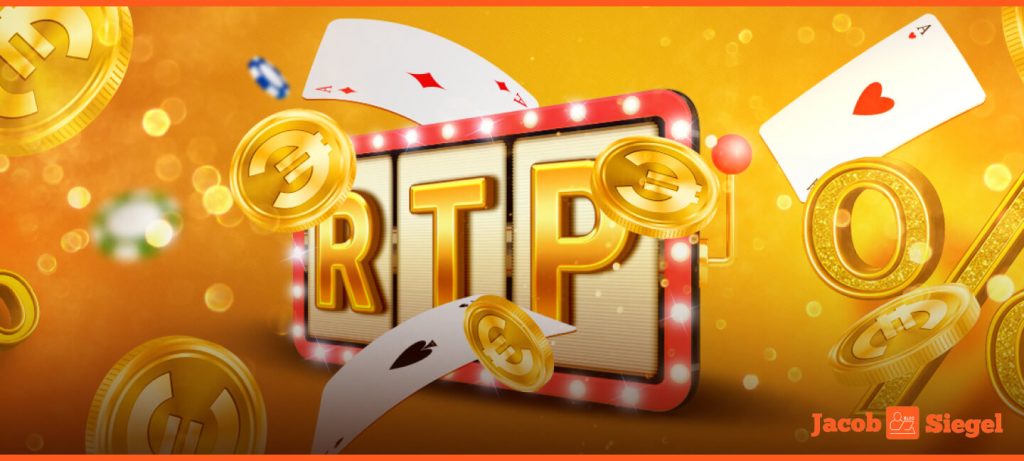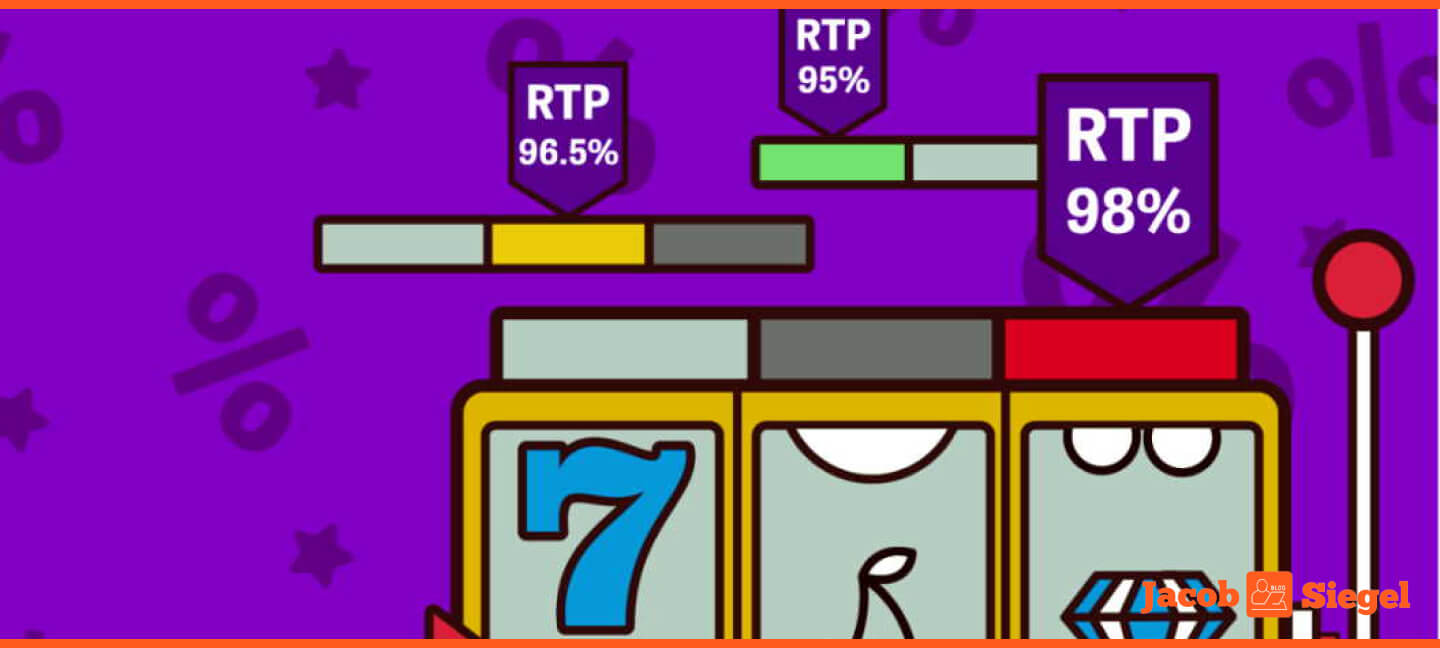There’s one key number everyone in betting should be familiar with: RTP, short for Return to Player. This straightforward yet crucial figure provides a glimpse into a game’s potential payouts over an extended period. While it doesn’t guarantee instant wins, it serves as a helpful hint about the game’s overall fairness. Here we will explain RTP and ways to use it smartly.
Into the Basics
Return to Player describes the percentage of wagered money a slot machine gives back to players over a period. Simply, it’s the game’s “payback” rate. While higher RTP percentages might seem enticing, it’s essential to recognize that they don’t guarantee a win; rather, they represent a long-run average across numerous plays. This means that a slot with a high Return to Player index won’t necessarily pay out immediately or in every session, as the calculated percentage is averaged over millions of spins.
Imagine playing a slot with an RTP of 95%. If you put in $100, on average, you’d get $95 back. But remember, this isn’t for every session. It’s averaged over numerous spins.
Here’s a brief table to understand common RTP values:
| RTP Range | What It Means |
| 90-94% | Lower returns over time. |
| 95-97% | Typical for many online slots. |
| 98-100% | Higher returns over time. |
Understanding this principle allows players to approach games with realistic expectations and a level-headed strategy. Alongside considering the RTP, smart play also involves knowing when to take a break and recognizing that no mathematical measure can predict short-term outcomes or replace responsible gaming practices.
Things to keep in mind:
- Higher RTP isn’t a win guarantee;
- It’s a long-run average, not immediate;
- Play smart and know when to take a break.
How RTP Slots Affect Betting

When engaging in online gaming, understanding how Return to Player impacts your betting decisions is crucial. Here’s a breakdown of the relationship between RTP slots and betting:
Payout Potential
Return to Player is a measure of a slot’s payout potential. A higher штвуч means that, over the long run, a larger percentage of the money wagered will be returned to players. For example, an RTP of 96% indicates that, on average, $96 will be returned for every $100 wagered;
Betting Strategy
Knowing the index can guide your betting strategy. If you’re after regular but smaller wins, you might prefer high Return to Player slots. Conversely, lower slots often come with a higher risk but can offer bigger jackpot opportunities;
Budget Management
If you play a slot with a low index, you might decide to reduce your bet size or set aside a smaller portion of your gaming budget for that game;
House Edge Insight
If a slot has an RTP of 95%, the house edge is 5%. This represents the casino’s profit margin. A game with a higher house edge means that, over the long run, the casino stands to profit more from bets placed on that game;
Informed Decisions
You can compare games and decide which ones offer the best value for your money;
Variability Factor
It’s essential to remember that RTP is an average value over millions of spins. This means that there will be variability in individual gaming sessions. An index of 97% does not guarantee that you will win back 97% of your bets in a single session;
Frequency of Play
For regular bettors, choosing games with higher RTPs may be more beneficial over time. It may result in a more consistent return, though it’s essential to combine this with other game factors, like volatility.
Different Strategies for Using RTP
Understanding the Return to Player is only half the battle. The next step is to strategize how to effectively use this knowledge. Here are some strategies centered around RTP:
Prioritize High RTP Games
Sslots with an Return to Player of 96% or higher are considered above average. Start by targeting these games;
Diversify Your Game Play
Don’t stick to only one game. By spreading out your bets over multiple high index slots, you reduce the risk associated with the variability of a single game;
Check Game Reviews and Forums
Other players’ experiences can provide insights. They might discuss the actual returns or any other quirks of the game that can influence outcomes;
Set a Budget
High Return to Player doesn’t mean guaranteed returns. Always set aside a fixed amount for gaming, and do not exceed this budget;
Understand Volatility
Volatility, or variance, works hand in hand with RTP. High-volatility games may have high index but pay out less frequently, leading to larger but rarer wins. Low volatility games, on the other hand, tend to give out smaller wins more frequently;
Stay Updated
Game developers might release newer versions or updates that can change RTP. Ensure you’re playing the version of the game with the index you expect;
Use Casino Bonuses
Many online casinos offer bonuses. When combined with high Return to Player slots, these bonuses can increase your chances of walking away with a profit;
Remember the Long Term
RTP represents an average over countless spins. Even if you experience a losing streak, it doesn’t mean the game is not adhering to its RTP. Stay patient and remember it’s about the long-term average;
Avoid Chasing Losses
Just because a game has a high Return to Player doesn’t guarantee a win. If you’re on a losing streak, it might be time to take a break or try another game;
Research New Releases
Game developers constantly launch new slots. Keeping an eye out for new high RTP games can provide fresh opportunities and experiences.
Read about Everything you need to know about freespins at online casinos
Final remarks
Harnessing the power of RTP can make a significant difference in your online slot gaming. By strategizing and combining Return to Player knowledge with other key factors, you can increase your odds and enjoyment of the game.

